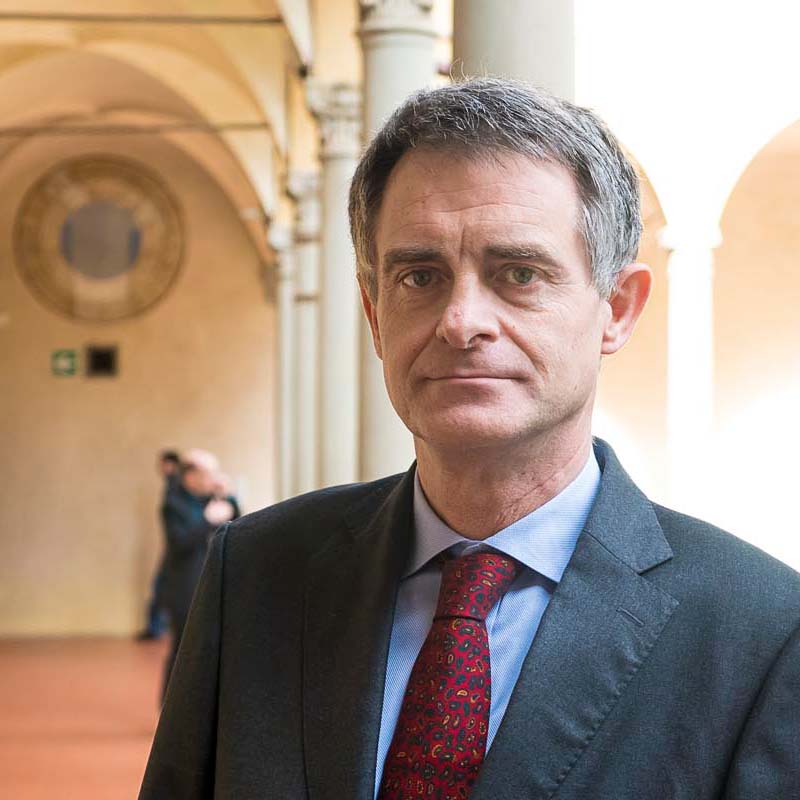This workshop reviewed and compared the experience with the implementation of capacity allocation and congestion management measures in both the electricity and gas sector. We have had congestion management procedures in place for 3 years now and just over a year ago the Capacity Allocation Congestion Management Guidelines for Electricity and the Capacity Allocation Mechanism Guidelines came into force. So where are we now? What impact did they have and what remaining actions are needed to make sure we achieve what we can deliver real benefit to European gas and electricity consumers?
The discussion touched on many topical issues, from the way cross-border capacity can be valued in the intra-day timeframe to identifying which are the best indicators to signal congestion at gas interconnection points. While discussing barriers of cross border trade, the decreasing availability of capacity was a key problem. In electricity, although we are improving the way capacity is being used, there is a declining share of the existing physical capacity are actually available for trading. It is clear that there is a need for TSOs to become more prudent in the way in which they define capacity and make it available to the market.
While recognising the different characteristics of the electricity and gas sectors, the Workshop also considered whether lessons learned from one sector can be relevant for the other. How do experiences differ from the electricity and gas sector?
Watch our interview Renewables: What Europe can Learn from Portugal with Artur Trindade, Director General for the Energy Service Regulatory Authority in Portugal.







